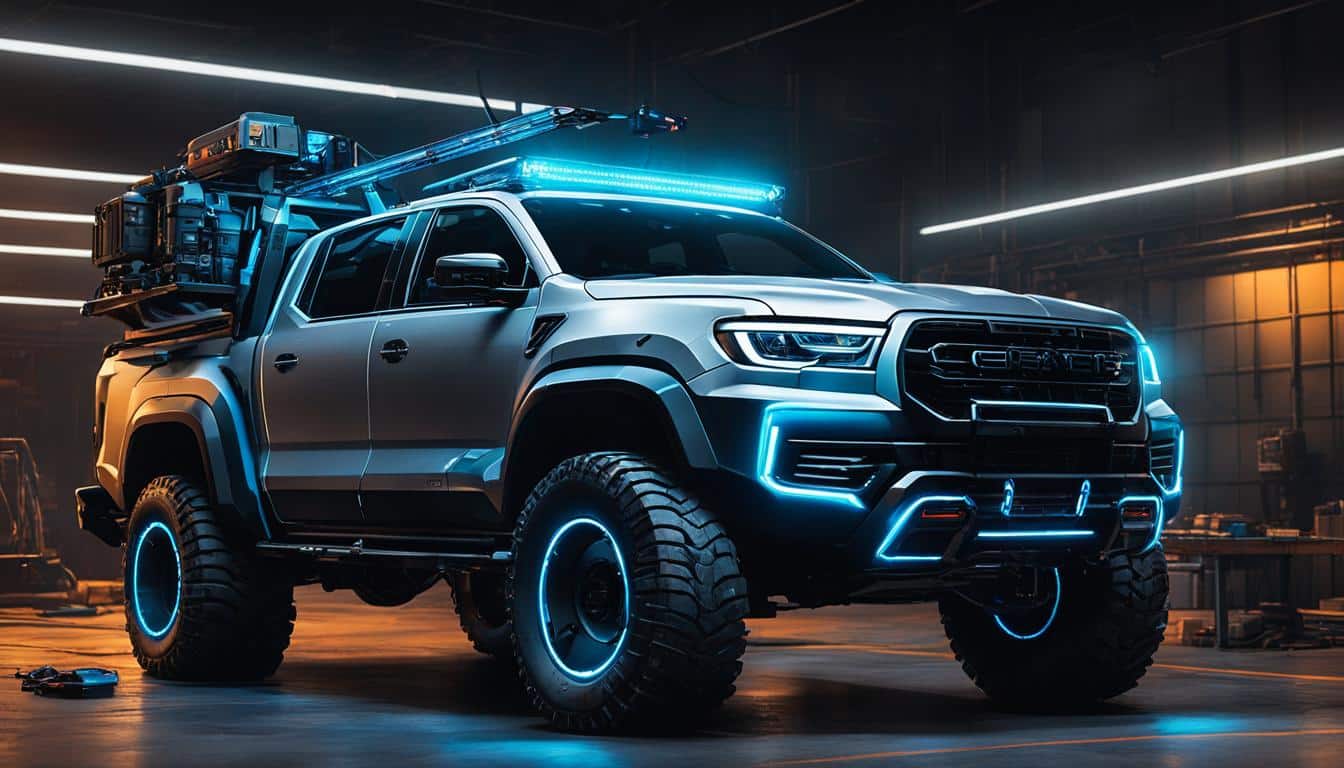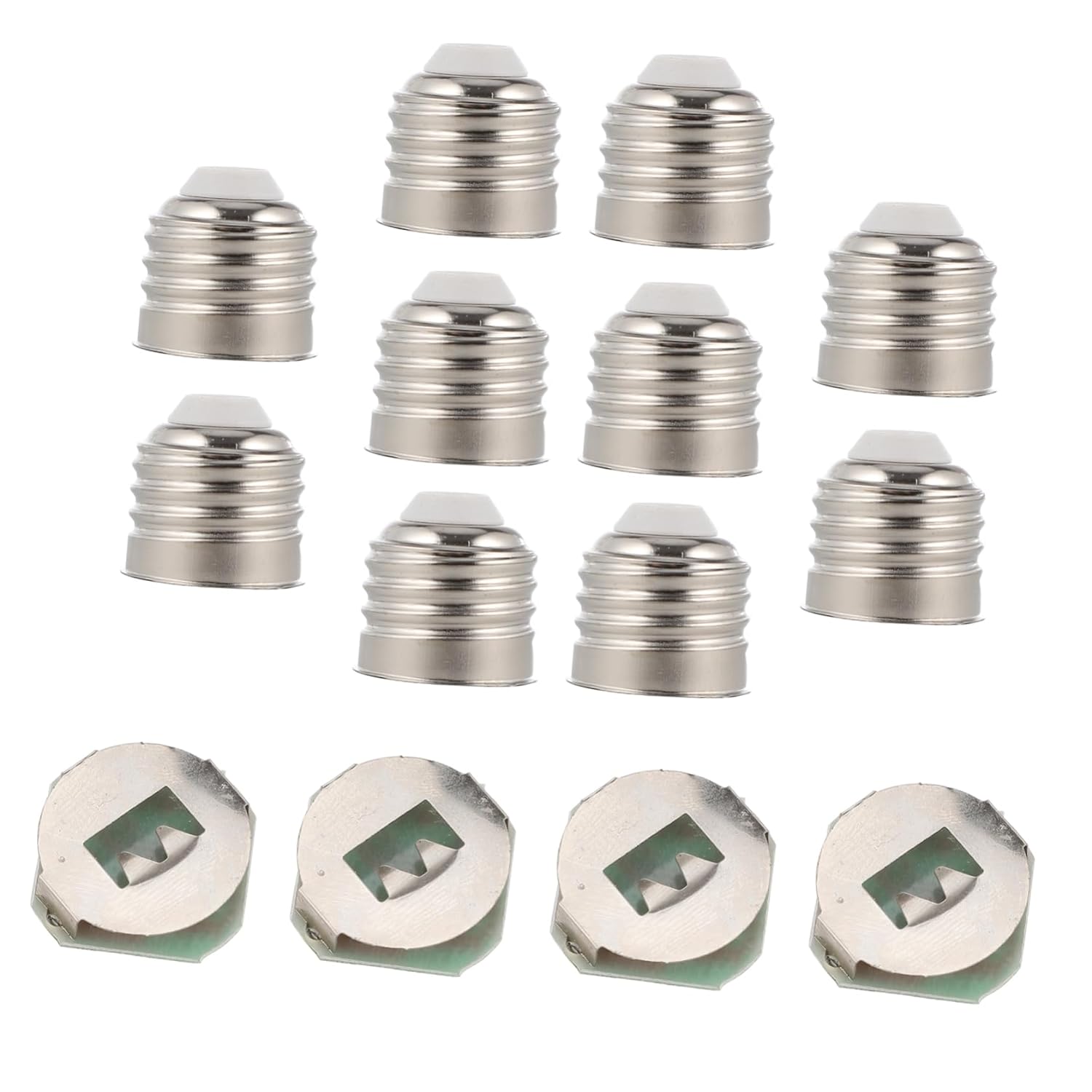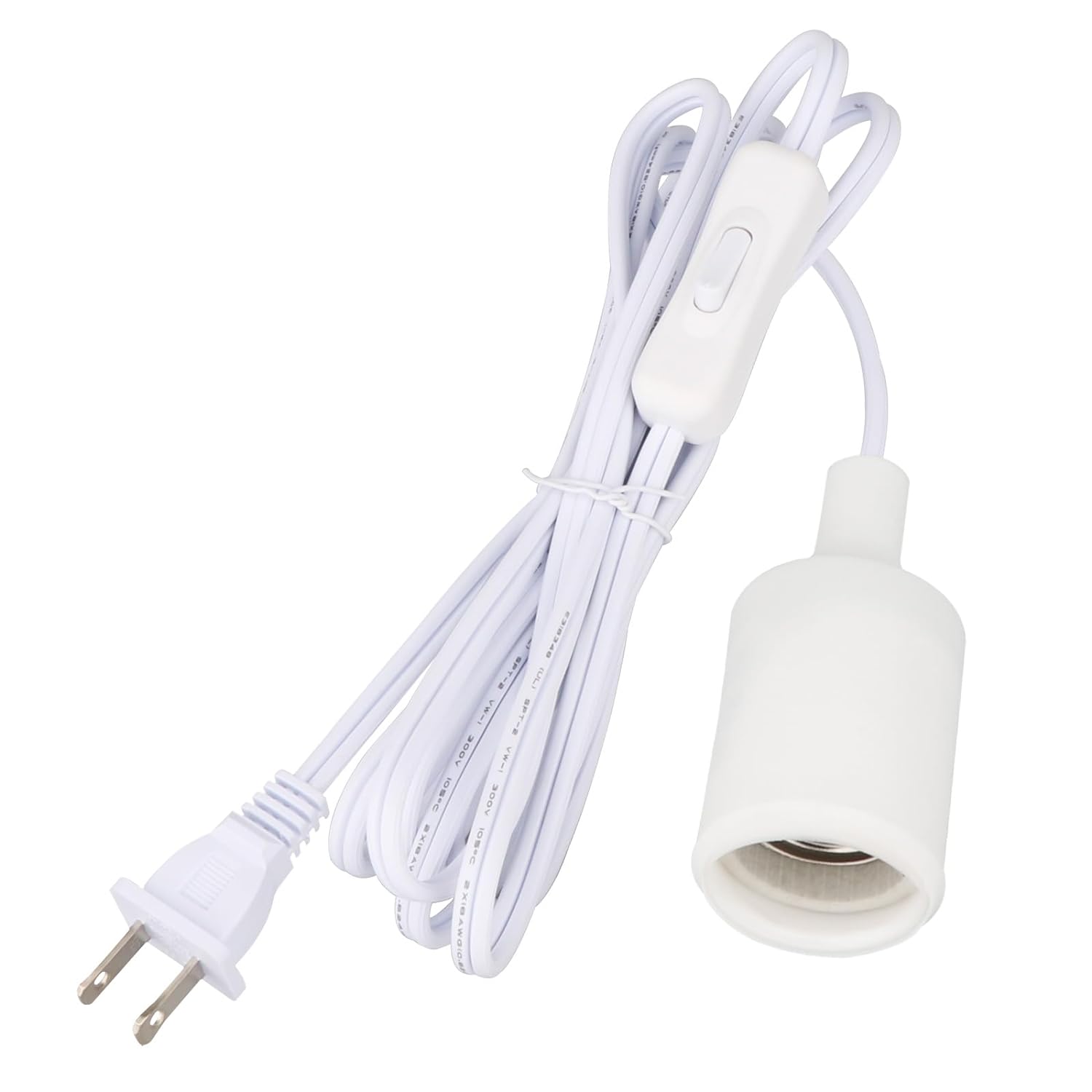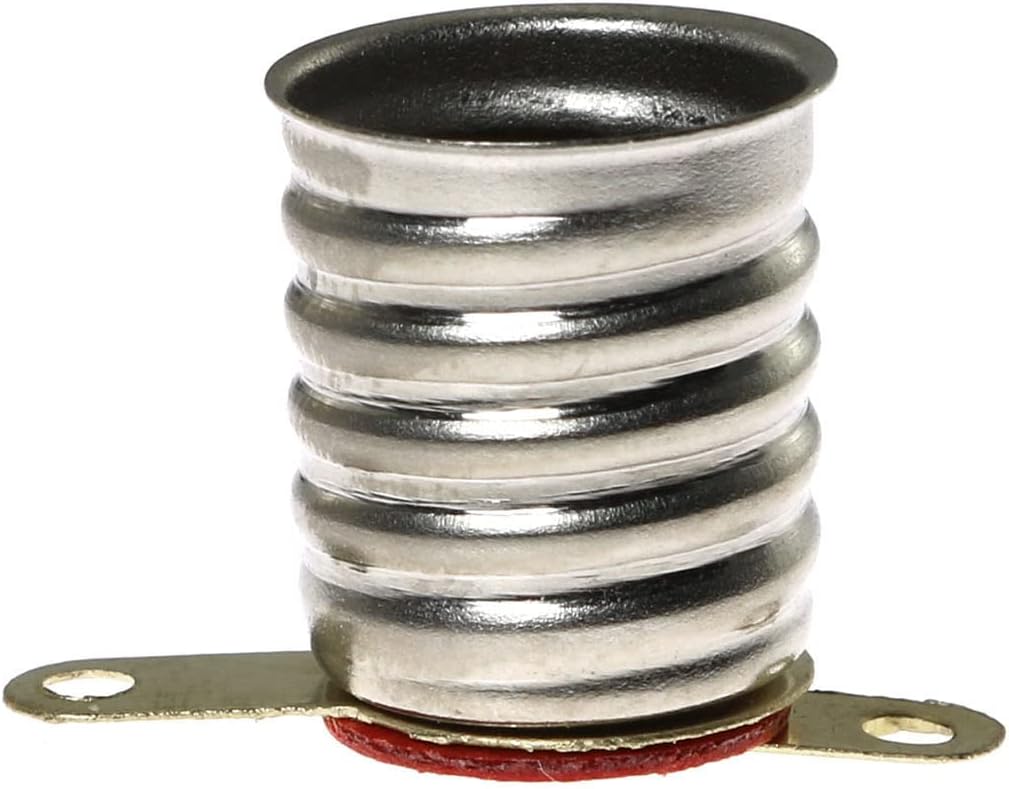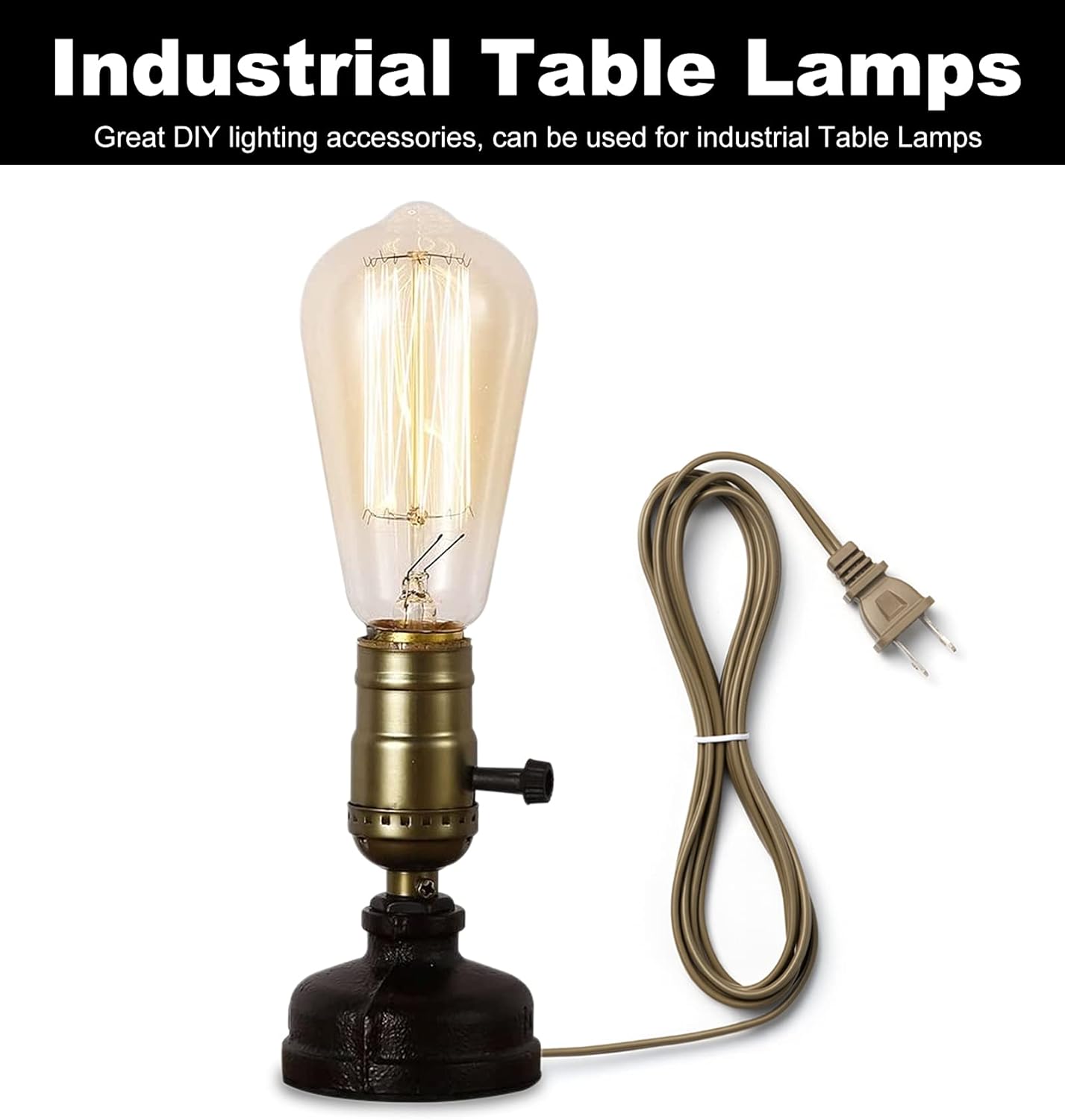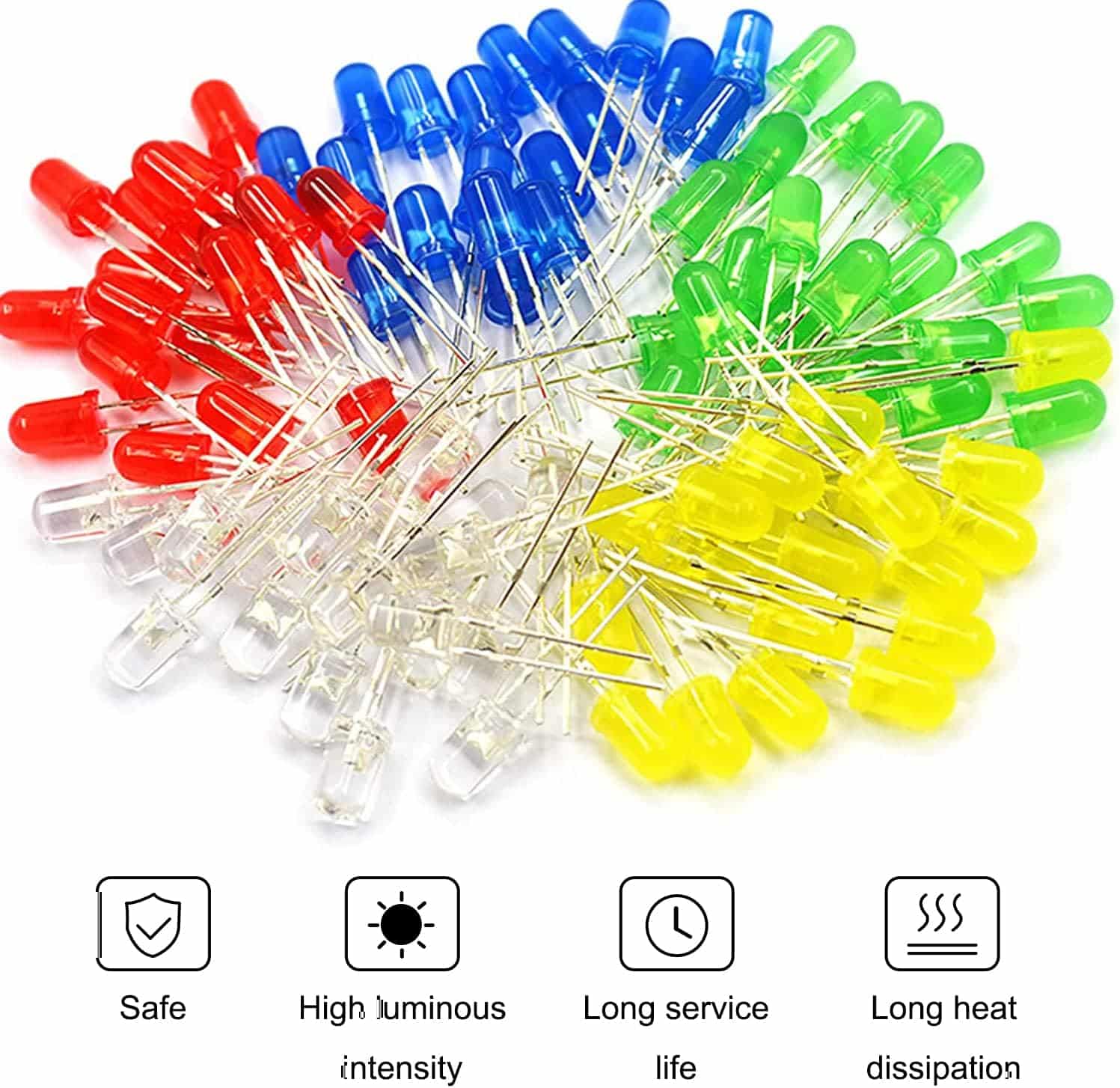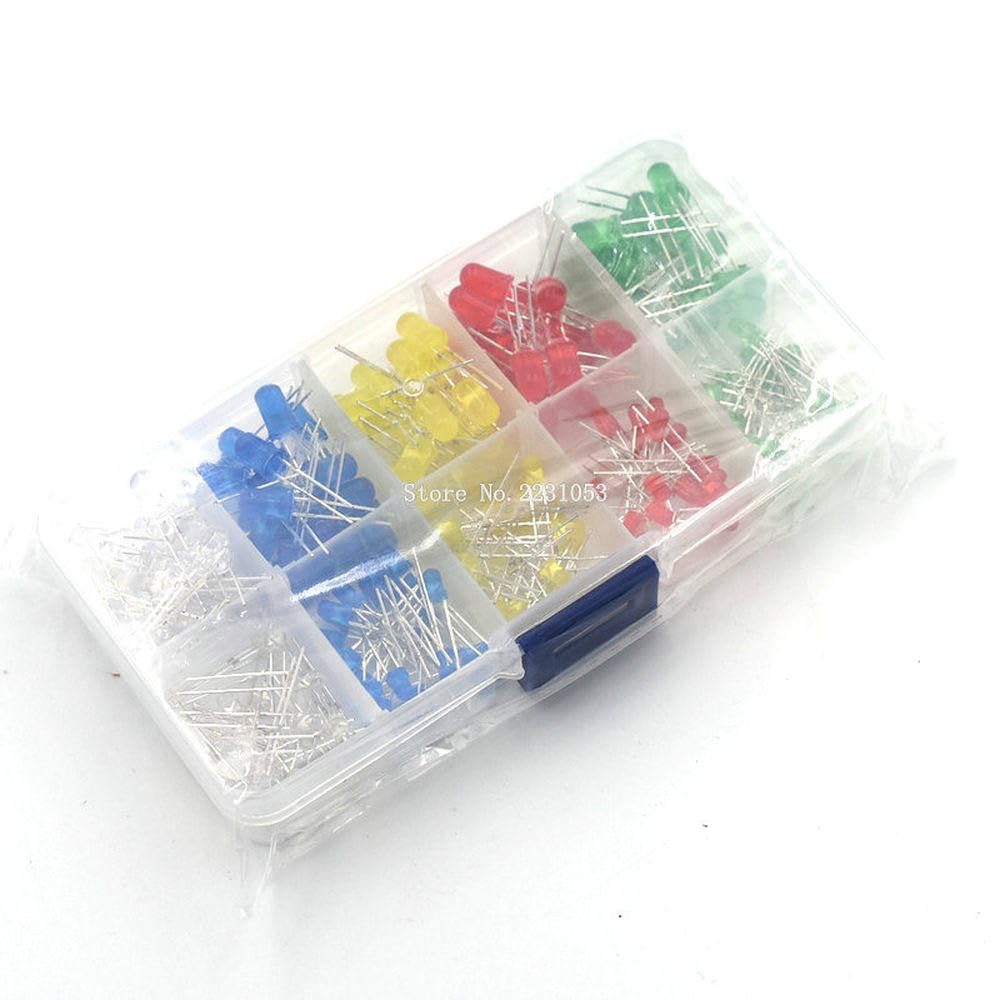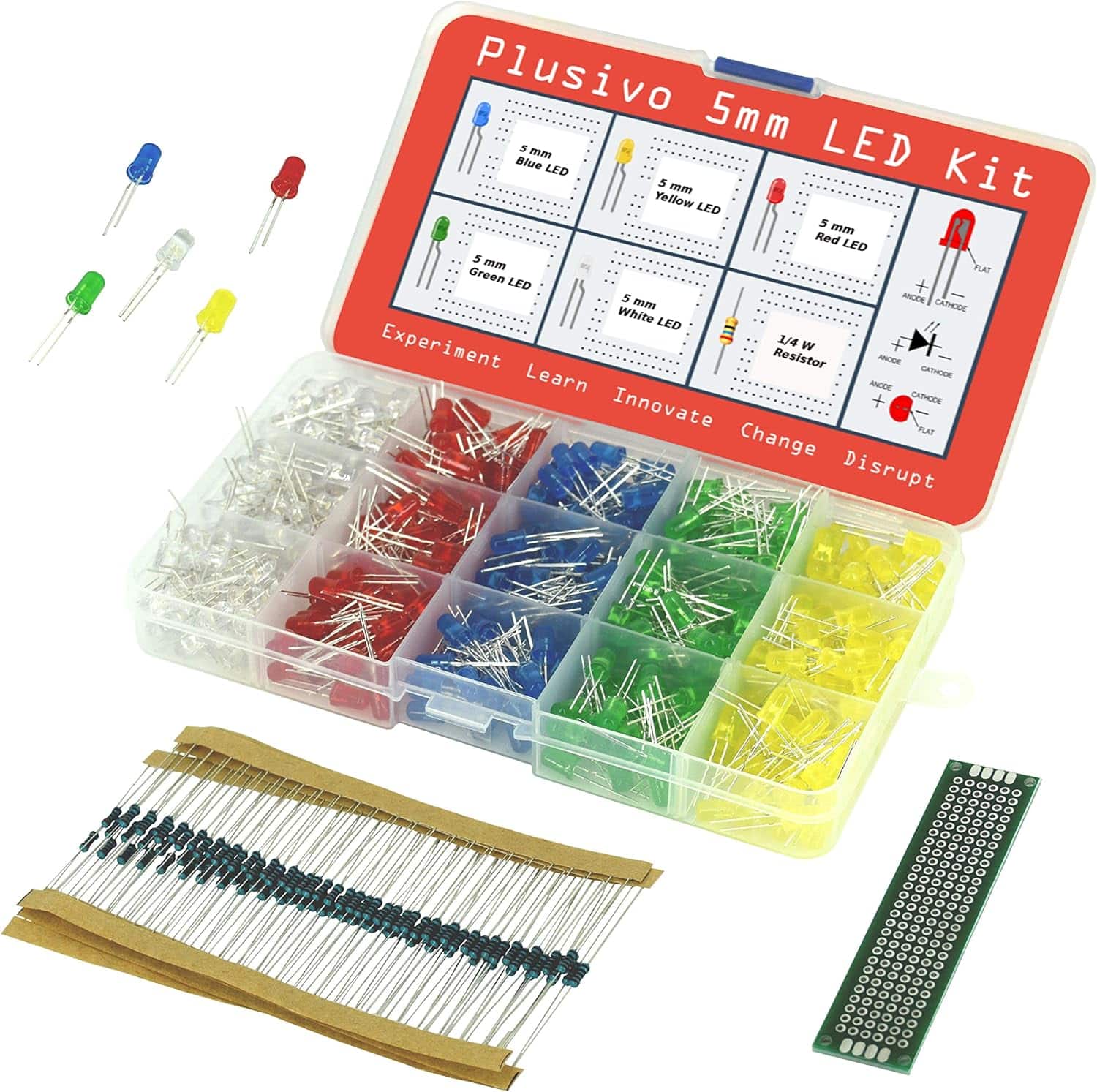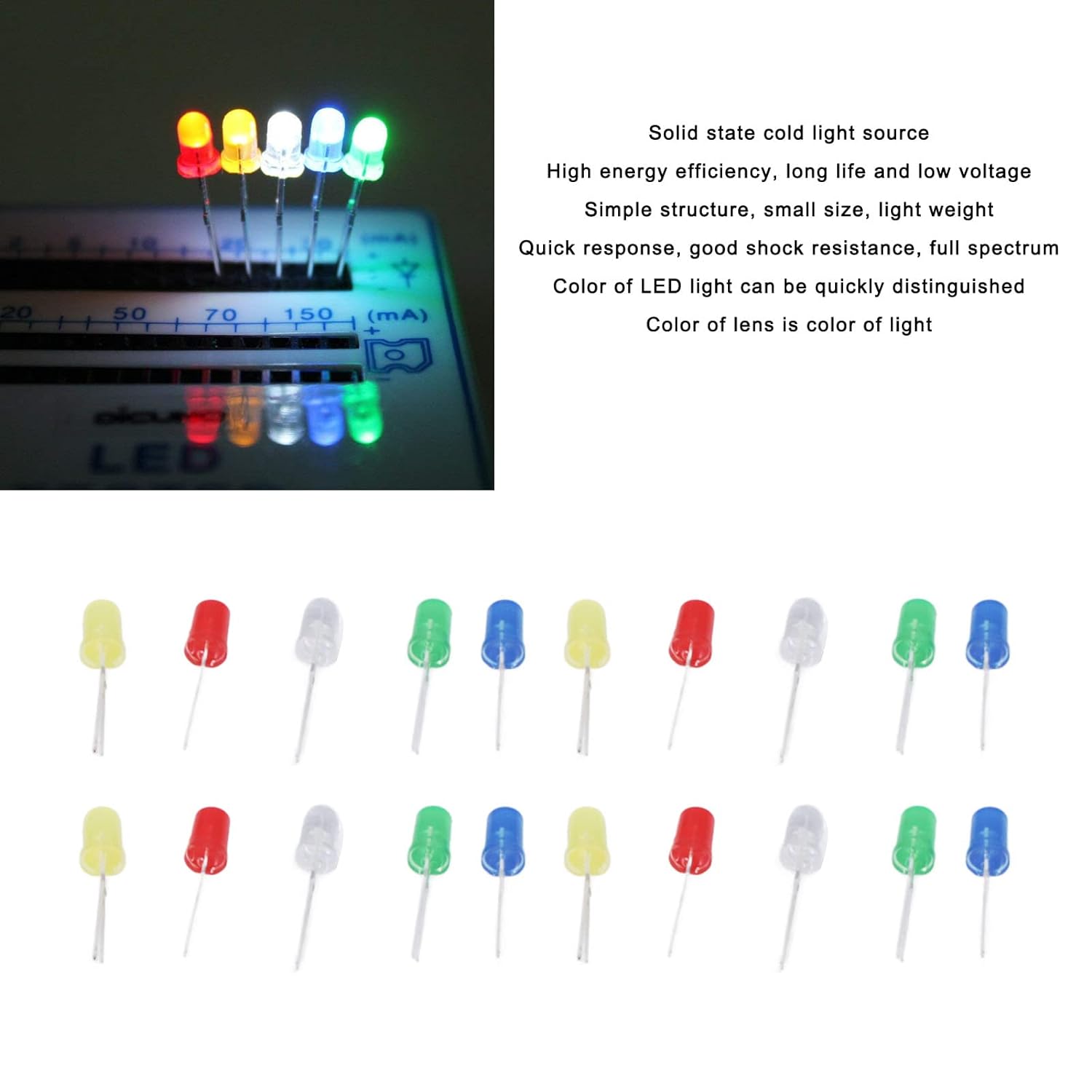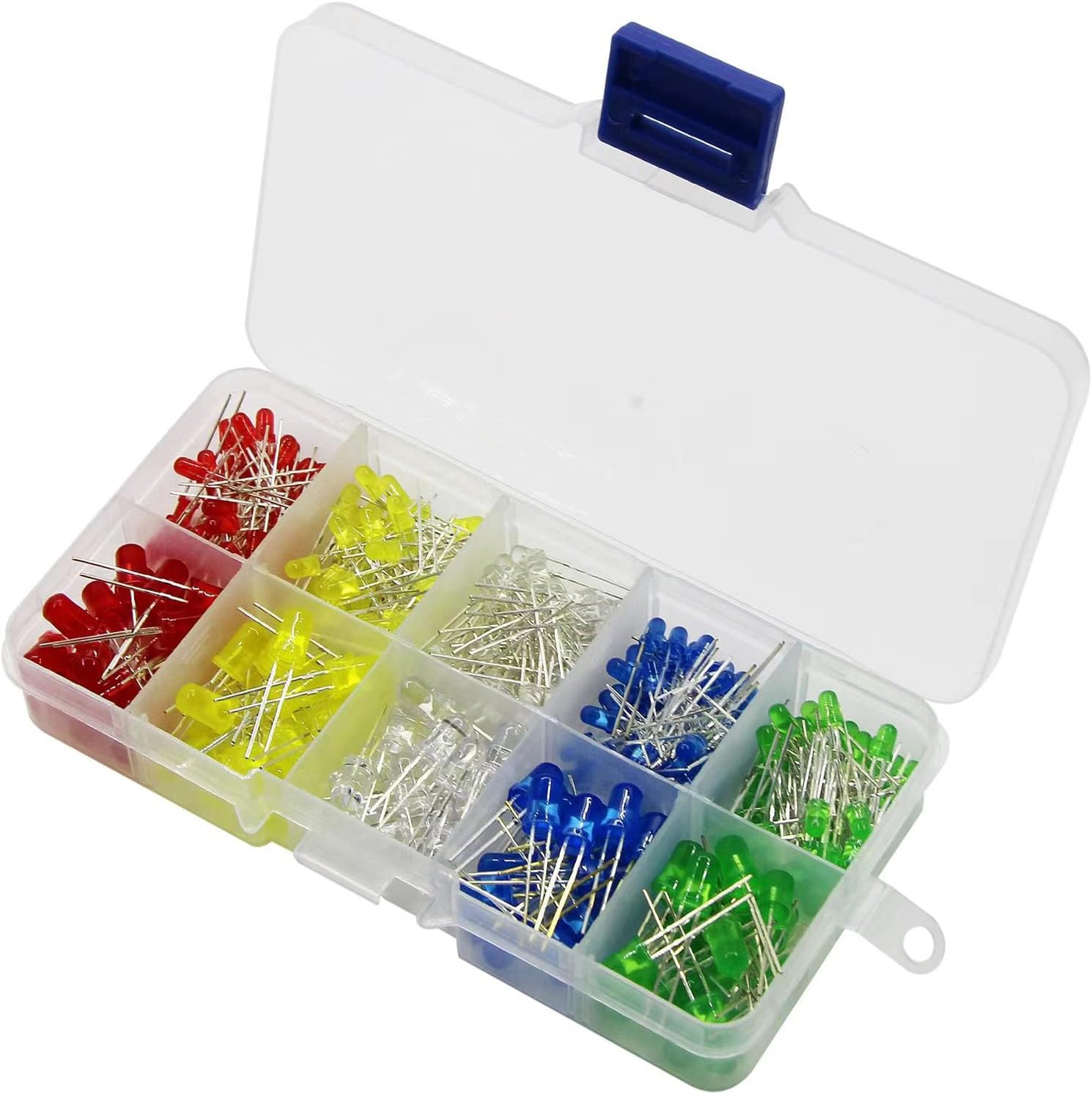For those of us with a penchant for nocturnal off-road escapades or the simple joy of enhancing our vehicle’s illumination, mastery of the DIY LED light bar installation is akin to an art form. But fret not, our fellow luminosity enthusiasts—we’re here to cast a brilliant beam on how to install a LED light bar with the panache of seasoned pros.
By venturing into this beginner’s guide to installing a LED light bar, you’re about to transform your trusty ride into a beacon of automotive excellence. We’ll ensure your journey from stock-standard to spectacularly lit is as seamless as the light from your new LED bar itself. So, grab your tools and let us illuminate the path to a successful light bar setup.
Key Takeaways
- Familiarize yourself with the complete installation process to avoid any glow of confusion when it’s time to get your hands dirty.
- Understand that choosing the right LED light bar can make or break your nocturnal navigation prowess.
- Know that having the proper tools and materials is akin to having the right paintbrush for your masterpiece—essential for a DIY shine.
- Prepare to test before you install; a flickering LED is like a bad joke—it just doesn’t land well.
- Remember to secure your light bar onto something solid; no one appreciates a dance of light during a rugged ramble.
- Embrace wiring wisdom—whether you’re a harness hero or going au naturel, connections are key.
- Keep calm and aim on; proper beam alignment avoids a light show for the trees and lights up your path instead.
Setting the Stage for Your LED Light Bar Installation
As we gear up for the electrifying task of LED light bar installation, it’s imperative we select the correct beacon of brightness to steer us through our nocturnal journeys. Not all light bars are created equally, so when it comes to selecting an LED light bar, it’s about more than just luminosity and length; it’s about finding the steadfast comrade that pledges to pierce through the darkest nights.
Choosing Your LED Light Bar Wisely
When tasked with the quest of selecting an LED light bar, consider brands with a shining reputation like RIGID, which offer a spectrum of radiance fitting for both modest budgets and those with a penchant for high-end lumens. Remember, the wattage and beam pattern doth make a difference, so choose with both heart and head to ensure your path is illuminated with precision and power.
Understanding the Tools and Materials You’ll Need
Gather ye all necessary tools and materials, for a knight is only as good as his sword, and thus, an installer only as proficient as their toolkit. Behold the essentials that thou shalt require:
- Wiring kit—do not embark without it!
- Mounting bolts with lock washers—lest your light bar shakes loose upon yon rugged trails.
- Electrical shrink tubing and a trusty heat gun—to seal thee from the treacherous waters of short circuits.
- Soldering iron and soldering kit—for a connection mightier than the sword.
- The omnipotent drill and the steadfast screwdrivers—companions of any true craftsman.
We must not forget the humble zip tie, for it secures all loose ends that dare disrupt our gallant adventure.
| Tool/Material | Use | Why it’s essential |
|---|---|---|
| Wiring kit | For complete setup | Absolutely necessary for electrical connections |
| Mounting bolts with lock washers | Installation stability | Prevents loosening through vibrations |
| Heat gun & shrink tubing | Securing solder joints | Protects against the elements |
| Soldering kit | Strong electrical connections | Ensures durable and reliable conductive links |
| Drill and screwdrivers | Mounting and adjustments | Indispensable for installation and fine-tuning |
Armed with the right tools and the perfect LED light bar, we stand ready to conquer the night. Let us ensure that every connection made is as enduring as the spirit of exploration that fuels our off-roading escapades.
Pre-Installation: Testing Your LED Light Bar
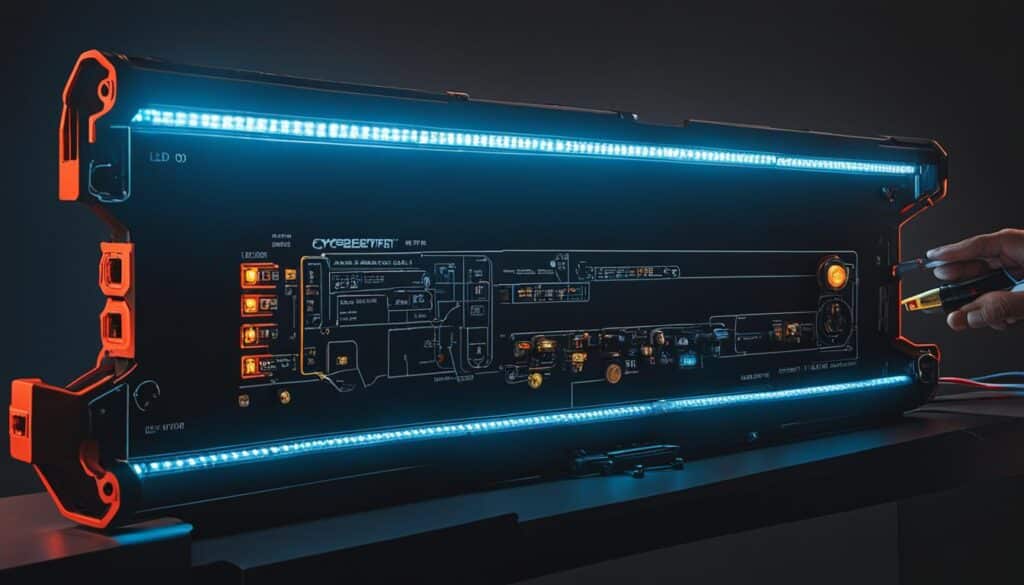
Before we bolt anything down, it’s showtime for a critical act we call the pre-installation check-up. You don’t want your LED companion blinking SOS signals on a dark trail, right? So, here’s where we meticulously test for a thumbs-up functionality, ensuring every sparkle of your LED light bar is ready to shine bright post-installation. Preventative care is our mantra, and these savvy steps shield us from the pesky gremlins of flickering and loose connections. Now, pay attention, future bright-light road-rockers, we’re on to something illuminating!
Why Testing Before Installation Matters
We’ve all been there, the frustrating territory of “I thought it worked!” Post-installation sorrows are real when we skip the preemptive strike of testing. And we’re not masochists, are we? A firm ‘no’ to redoing work means we test first—every wire, every light. It’s our insurance against the dark arts of shoddy manufacturing or shipping hiccups. Plus, it proves we aren’t just winging it; we’re crafting an electrifying success story with our LED light bars.
Follow These Steps to Test for Functionality
- Unpack your LED light bar’s harness, treating it like the treasure map it is.
- Line up those wires, connectors, the relay, and the switch; it’s a roll-call for the electrical parade.
- Say the magic words and watch the LED bar dazzle—a dry run to validate that everything works like a charm.
- If that light bar doesn’t light up like fourth of July—pause, don’t panic, check each part, especially connections. Are they snug as a bug?
- Spot any flickering? That’s a no-go, my friend. Time to play detective and scrutinize for the perp—likely improper soldering or a connector playing hide and seek.
Remember, this kabuki dance of testing isn’t just for kicks—it’s what separates the illuminated conquerors from the shadow prowlers. With our stringent checks, we’re setting the stage for a spectacular display of luminescence, one that promises endurance and show-worthy performance. So let’s get testing and step by step, inch closer to the ultimate LED light bar installation victory!
How to Install a LED Light Bar
Welcome fellow enthusiasts, to the electrifying world of LED light bars! Peering into the abyss of nighttime adventures is about to get a whole lot brighter. Follow our easy LED light bar installation guide to illuminate your path with ease. Fear not, for we’ve shunned the darkness of complication in favor of the light of simplicity.
First things first, let’s scout for that perfect mounting location on your trusty steed, be it a rugged off-roader or a slick highway cruiser. The mantra here is ‘safety first’ – you want a spot that is both secure and capable of keeping those pesky wires far away from the scorching heat and moving parts that lie beneath the hood.
We only get one shot at drilling, so measure thrice and drill once. Fasten that light bar just right. Easy does it now; we’re not cracking walnuts here. Just enough to hold it steady, allowing for adjustments later on.
Next, we’re diving into the web of wires. If you opt for the harness route, it’s akin to finding a treasure map with a bold ‘X’ marking the spot. If harnesses aren’t your game and direct wiring calls your name, steady your hands for a bit of elegant crafting of connections from battery to switch to light.
Now for the heroic heart of the operation: the relay. Fit that little gem in place and you’ll wield the power of the beam with the mere flick of a switch. But with great power comes great responsibility, so ensure each connection is soldered with the dexterity of an artisan.
- Mounting location selection
- Drilling with precision
- Fastening light bar (gently, now)
- Routing wires (safety first!)
- Connecting wires and switches
- Relay fitting
- Aiming and locking the light bar
As we usher in the finale of our easy LED light bar installation concert, it’s time for the curtain call. Let’s angle that light bar just so, to cast a beam worthy of your forward gaze. Lock it down and behold – a silent guardian of light that cuts through the dark, making you the envoy of illumination on every trail ahead.
Remember folks, whether it’s using a harness or going commando with direct wiring, installing a LED light bar doesn’t need to be a trip into the unknown. With these steps, you’re now equipped to bathe the world in glorious LED light. Let’s light ’em up!
Selecting the Perfect Mounting Location
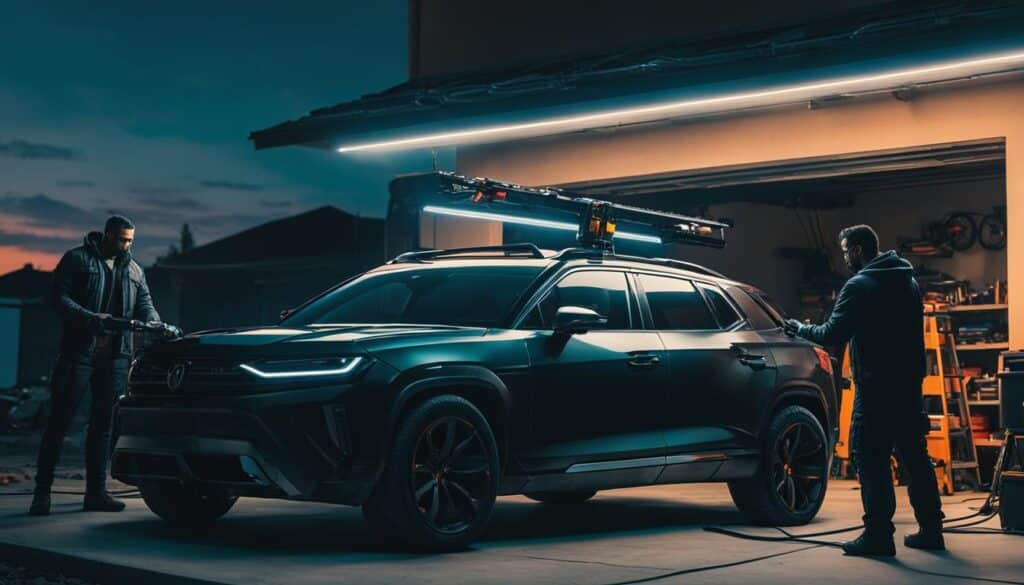
We know you’re itching to install that sleek new LED light bar on your trusty vehicle, but hold your horses! First, we need to play some hide-and-seek to find that sweet spot where your LED companion will shine its brightest. Remember, it’s not about playing favorites; it’s about strategic placement for maximum impact.
Finding Your Vehicle’s Sweet Spot for Light Bars
Now, don’t go mounting your LED light bar willy-nilly. The key to superior illumination is placement, placement, placement. Whether you’re rigging up a rugged Jeep or a durable pickup, the prime real estate for your LED light bar installation is usually front and center—on the roof or grille, depending on your vehicle make/model. But it’s not just about looking good; this spot minimizes shadows and maxes out your field of vision. Just be sure not to impede your view of the road; safety first, style a very close second.
Ensuring Secure and Durable Mounting
No one wants their shiny new LED light bar to fly off on the freeway, right? To keep it snug as a bug in a rug, be smart about your attachment points. Here’s our mantra: stable, sturdy, secure. Go for the car frame or a solid metal surface—not those flimsy plastic parts. Before you drill, give the spot a nice x-ray vision like Superwoman, ensuring no wires or other vital car vitals are in harm’s way. Now, get your pre-drill game on and ready those bolts with lock washers. It’s like setting up a permanent camp on the car—make it so your LED light bar can withstand a storm.
| Mounting Location | Pros | Cons | Tools Needed |
|---|---|---|---|
| Roof | Superior visibility, less likely to be obstructed by mud or debris. | Potentially tricky wiring, may require extra sealing against water. | Drill, bolts with lock washers, sealant. |
| Grille | Easier wiring access, more streamlined with vehicle’s aesthetic. | Lower vantage point, can be partially blocked by terrain. | Drill, bolts with lock washers, wiring kit. |
| Bumper | Uncomplicated installation, robust positioning. | Most prone to dirt and damage, lower light projection. | Drill, bolts with lock washers. |
Armed with these nuggets of wisdom, you’re ready to tackle the LED light bar installation guide like a pro. Get ready to roll out with confidence, knowing your light bar is not just installed—it’s mounted to perfection.
The A-Z of Wiring Your LED Light Bar
Wiring your LED light bar can seem like a daunting task, but fear not! Whether you’re opting for the simplicity of a harness or going old-school with direct wiring, we’ve got all the smarts to make sure you light the way without a hitch. First things first, let’s shed some light on the two main methods to get you from dark to spark.
Wiring with a Harness: Simplifying the Process
When you’re using a harness, it’s like having a personal assistant for your wiring needs. This method streamlines the step by step LED light bar installation by providing you with a pre-wired setup. All you need is a bit of routing magic, and voilà, you’re almost there. Let’s break down the connection points for when you’re harnessing that LED power:
- Connect the positive and negative leads from the light bar to the harness.
- Secure the relay to a suitable location, making sure it’s away from high heat areas.
- Run the switch wiring into the cabin, opting for a stealthy approach behind the dash.
- Finally, attach the battery terminals and ground the harness appropriately.
And just like that, with a few clicks and clacks, your light bar and vehicle have become one. Now, let’s take a peek at the road less traveled – no harness attached.
Opting for Wiring Without a Harness
Going without a harness is not for the faint of heart, but for the intrepid DIY-er, it’s another chance to show off those mechanical chops. This method grants you the freedom to customize your setup, which can be particularly handy if you’re looking for a more integrated or unique LED light bar installation guide.
| Component | Connection Point | Insider Tip |
|---|---|---|
| LED Light Bar Positive Wire | Battery Positive Terminal | Use an inline fuse close to the battery for protection. |
| LED Light Bar Negative Wire | Ground Point on Vehicle’s Frame | Scrape away paint for a solid metal-to-metal connection. |
| Switch Wire | Passenger Compartment | Choose a switch location that’s both accessible and unobtrusive. |
Remember that with no harness in sight, you’re in charge. Each wire is your domain, and making secure, insulated connections is key to a successful adventure into the electrifying world of LED illumination. Ensure your routing is tidy, your connections tight, and your supply lines clear of any moving parts or excess heat.
Whether you decide to harness your way to enlightenment or prefer the raw thrill of independent wiring, we’ve got you covered with this LED light bar installation guide. Now, go forth, and light up your world—responsibly, of course.
Mastering the Light Bar Wiring Harness Installation

Welcome to our no-nonsense, step-by-step LED light bar installation guide, where we make the complex world of wiring harnesses not just understandable, but utterly conquerable. Trust us, with a bit of elbow grease and this handy dandy guide, you’ll be an expert on how to install a LED light bar before you can say ‘luminous efficiency.’
First things first, let’s unpack that shiny new harness. You’ll feel like a kid on Christmas morning, but remember to keep your work area tidy. Why? Because organization is not just for neat freaks—it’s the secret sauce to avoiding those facepalm moments mid-installation.
- Detach the switch – it’s like a little surgery, but don’t worry, no anesthesia required. This helps us sneak the switch wire through to the vehicle’s firewall like a ninja.
- Choose your wire routes wisely. Think of it as urban planning for your automobile. You want clear streets, no traffic jams.
- Connect that LED light to the harness as if they were long-lost lovers finally reuniting.
And now, for the pièce de résistance—a symphony of zip ties. It’s not just about keeping those cables snug and secure; it’s about cable management that would make a network engineer weep with joy. Cinch them up, but don’t go Hulk on them; we’re wrangling cables, not wrestling alligators.
Be sure to tiptoe through these steps with the grace of a ballet dancer—each move deliberate, each action with purpose. Follow this guide, and not only will your rig light up the night like a beacon of glory, but you’ll also ride with the confidence that comes from a job well done. That’s the wrap on our LED light bar installation guide; it’s been real, it’s been fun, and exceptionally enlightening.
Dialing in the Details: Running Wires and Connecting Switches
When we embark on the task of DIY LED light bar installation, we’re not just playing with wires; we’re artists, creators of an illuminated symphony. But before the magic happens, we need to address a critical aspect of craftsmanship – the neat organizing of wires and the skilled placement of switches. Let’s dive into some pro-tips for LED light bar installation that’ll ensure your setup not only works flawlessly but also looks sharp under the hood.
Tidying Up: The Art of Zip-Tying Wires
No one admires a tangled mess; it’s the sort of thing that can turn an elegant DIY project into a frustrating puzzle. Here’s where the humble zip tie comes into its full glory. These little darlings are the unsung heroes that prevent potential damage by keeping your wiring away from the merciless heat and voracious moving parts that lurk within the engine bay.
- Keep wires away from sharp edges
- Avoid hot surfaces that could melt insulation
- Use zip ties at regular intervals for an orderly look
- Trim off the excess to keep things tidy
Switching It Up: Installing Rocker and Remote Switches
The switch is your command center, the bridge of your starship enterprise that is the LED light bar system. Whether you prefer the tactile feedback of a rocker switch or the convenience of a remote-controlled switch, remember—placement is paramount. It’s about accessibility and aesthetics, not about just finding an empty spot on your dashboard.
| Switch Type | Placement Tips | Installation Ease |
|---|---|---|
| Rocker Switch | Centrally located, within easy reach | Simple for pre-cut slots |
| Remote-Controlled Switch | Flexible, no need for dashboard alterations | Complex, requires additional remote setup |
| Dual Push Rocker Switch | Can manage multiple lights, needs more space | Intermediate, multiple connections |
Once your light bar is speaking the language of electricity fluently, and your switches are sitting pretty, you’ll feel the satisfaction that only comes with a job well done. Remember, with these tips for LED light bar installation, you’ll not only light up the trail ahead, but you’ll also ensure that every flip of the switch is met with that perfect glow. Let’s light up the world, one LED bar at a time.
Powering Your LED Light Bar: Battery Connections

Now, let’s talk about breathing life into your gleaming new accessory. We’re on the brink of unveiling the thrill of that first illuminating moment when your LED light bar blazes to life. But before we ignite the light, we must forge a union between light and power. Yes, we’re talking battery connections – a marriage of positive and negative, red and black, in a safely orchestrated electro-dance. Easy LED light bar installation is all fun and games until you mistreat these polar opposites, so heed our tips for LED light bar installation to avoid any mishaps
| Connection | Description | Safety Tips |
|---|---|---|
| Positive (Red) | Connect to battery’s positive terminal | Ensure the area around the terminal is clean; use ring terminals for a secure fit |
| Negative (Black) | Ground connection to battery’s negative terminal or vehicle chassis | Check for corrosion before attachment; avoid over-tightening |
| Fuse/Circuit Breaker | Protection against overcurrent situations | Install close to the positive terminal for easy access and safety |
- Disconnect the vehicle’s battery during the process to duck any sparks or shorts.
- Apply a touch of dielectric grease on terminals for an extra layer of protection against the elements.
- Double-check your connections once made – snug, not tight-as-a-drum.
We can’t overemphasize the importance of securing your connections just right – too loose and you might end up puzzled by the sudden darkness, too tight and you may invite other electrical gremlins. Trust us, you’ll want to keep these sneaky critters out of your vehicle’s electrical garden. Now, with everything in place, your LED light bar is ready to shine, all thanks to that steadfast link to your trusty battery.
Beam Alignment and Light Bar Adjustments
Let’s face it, we’ve all been there – staring down a freshly installed LED light bar on our [vehicle make/model] and thinking, “Now what?” Fret not, friends. Fine-tuning is like dabbing that last stroke of paint on a masterpiece. With our LED light bar perched gracefully atop your ride, it’s time to shine – literally. And here’s how we’ll illuminate the path to perfection.
Directing Your Light Where It’s Needed Most
Picture this: darkness around, and ahead, a stream of bright white light slicing through the night. The goal here is precision – we need this light bar angled just so, to lead the way for our journey. Tilt it too high, and we’re signaling aliens; too low, and we’re spotlighting ants. Neither’s helpful unless you’re an extraterrestrial or an entomologist, right?
Aiming our LED light bar correctly is not rocket science, but it does require some elbow grease and a pinch of patience. Position your vehicle approximately 25 feet from a flat vertical surface. Adjust the light bar’s beam downwards to where the brightest spot hits about 4 inches below the height of the light bar itself. That’s the sweet spot we’re after. Ensuring optimal visibility is about lighting the road, not blinding oncoming traffic – safety first, after all.
Locked and Loaded: Securing Your Adjustments
We’ve aimed, but now we must conquer – with our wrenches. Tightening the mounting hardware is akin to signing off on your handiwork; it’s a declaration that you’ve claimed victory over the dark vastness. Every bolt, every nut, secured snugly, declaring, “This LED light bar won’t budge unless I say so!”
| Adjustment Point | Optimal Tightening Technique | Common Mistakes |
|---|---|---|
| Mounting Bolts | Use a torque wrench for consistent tension | Overtightening, leading to damaged threads |
| Articulation Points | Ensure free movement before final tightening | Leaving too loose, resulting in beam shifting |
| Bracket Fasteners | Apply thread-locking fluid for added security | Forgetting to check for vibration resistance |
So, you’ve followed our step by step LED light bar installation guide, and now it’s done. Your [vehicle make/model] is not just a ride; it’s a beacon. With your LED light bar aligned and locked in place, hit the road confident that the path ahead is bright and true. Go forth, light-bearing pioneer. The night is yours to vanquish!
Troubleshooting Common LED Light Bar Installation Issues

Welcome to the penultimate station on our train to a glimmering LED light bar setup. You’ve got the know-how from our beginner’s guide to installing a LED light bar but now, folks, it’s time to shine a light on common gremlins that love to mess with your installation. Fear not, as we’re going to handhold you through troubleshooting these pesky LED light bar installation issues.
Solder and Seal: Avoiding Flickering and Loose Connections
Ah, the flicker—the telltale sign that something’s amiss in your electrical setup. Flickering might tickle a mechanic’s brain, but it’ll just wrinkle yours. Here’s our secret sauce: solder like a pro. It’s not just about joining wires; it’s about creating an unbreakable bond. Seal that relationship with heat shrink tubing to avoid tragic breakups caused by the weather or vibrations. Tight, secure connections are essential, and a solid solder job will make sure your LED light bar shines steady and true.
Overcoming Obstacles with Routing and Connections
Wires traveling across your vehicle need forethought and finesse—imagine them as unassuming tourists in a bustling city. Keep them safe from the heat of engine parts and the pinching potential of moving components. A carefully plotted path will prevent chafing, and ultimately, the dreaded short circuit. And remember, when you’re routing, be routing like a scout—always be prepared!
Here’s a table to help troubleshoot these common installation quirks:
| Issue | Typical Cause | Suggested Fix |
|---|---|---|
| Flickering Light Bar | Loose connection or faulty grounding | Check all connections and grounding points; re-solder if necessary |
| Light Bar Not Working | Incorrect wiring or blown fuse | Verify wiring diagram; replace fuse if needed |
| Intermittent Operation | Wire chafing or shorts | Reroute wires and ensure proper insulation |
Don’t let these hiccups turn into roadblocks. With our guide, overcoming these issues is as rewarding as the moment the light bar illuminates with unwavering luster. Jot down these tips, brave the wire jungle confidently, and ensure the longevity of your LED light bar’s illumination. Let’s light up the tracks together and roll out!
Conclusion
The journey through the meticulously crafted process of an LED light bar setup has brought us to a rewarding endpoint. The commitment to precision and adherence to the steps outlined throughout this guide ensures that we finalize our LED light bar installation with confidence. We’ve navigated through the selection of quality light bars, figured out the nitty-gritty of wiring options, and anchored down our beams with vigilant attention to detail. Now seated firmly in the driver’s seat, you’re ready to cast luminance across any terrain that dares to dim your path.
As we’ve grasped, installing an LED light bar isn’t simply about enhancing the aesthetic appeal of our vehicles—it’s also a strategic upgrade to our nighttime visibility. Whether it’s for our off-road escapades or simply bolstering our daily drives, the reliable setup we’ve orchestrated is set to ward off the cloak of darkness with a steady, unwavering glow.
Before we part ways, let’s not forget the importance of review when finalizing our LED light bar installation. A walk-around to double-check connections and one last beam alignment ensure we leave no stone unturned for our luminous addition. Rest assured, armed with these guidelines, our collective expertise has turned the dream of a high-caliber lighting experience into a brilliant reality. Onto our next grand adventure, illuminated by the fruits of our labor!
FAQ
What tools do I need for a DIY LED light bar installation?
You’ll need a wiring kit, mounting bolts with lock washers, electrical shrink tubing, a heat gun, a soldering iron with a soldering kit, and universal tools like drills and screwdrivers. Zip ties are also handy to secure cables and wires.
How do I select the best LED light bar for my vehicle?
Consider your budget, the size of your vehicle, and the light bar’s intended use. Research trusted brands like RIGID. The light bar should offer the desired level of illumination and fit securely on your vehicle.
Why should I test my LED light bar before installation?
Testing ensures all components work correctly, helping to prevent issues like flickering and saving you from the hassle of removing a faulty setup after installation.
Can you explain how to install a LED light bar with a harness kit?
Absolutely! First, find a suitable mounting location. Then, attach the light bar using the appropriate hardware without overtightening. Route the harness wires away from hot or moving parts, connect them to the switch and battery terminals, position the relay, and you’re good to go!
Where should I mount my LED light bar?
The mounting location depends on the type of vehicle you have. Common places include above the front bumper, on the roof, or the grille guard. Always attach the light bar to a stable part of the car, avoiding plastic parts.
Is there a difference between wiring with a harness and without one?
Yes! A harness kit provides a simplified, more plug-and-play process with pre-assembled connectors, whereas direct wiring requires more knowledge about wiring and connections and can be more time-consuming.
How do I ensure a successful light bar wiring harness installation?
Follow the instructions meticulously. Route wires cleanly, connecting the switch wire to the firewall, and make sure all connections are well-protected and secured with zip ties.
What’s the trick to managing all the wires and switches during installation?
Use zip ties to neatly bundle wires and keep them out of the way. When installing switches, make sure they’re accessible and placed in a manner that does not interfere with driving.
What’s the proper way to connect an LED light bar to my vehicle’s battery?
Identify the positive and negative terminals on your battery—red for positive, black for negative. Connect the corresponding wires from the LED light bar, ensuring the connections are secure and that you follow safety precautions to avoid shorts.
How do I adjust the beam of my new LED light bar?
Aim the light bar by adjusting its tilt and direction for maximum visibility and light spread. Once you’re satisfied, tighten all mounting hardware to secure the light bar’s position.
What should I do if my LED light bar is flickering or has a loose connection?
Check all connections, especially those you’ve soldered. Ensure the wires are well-routed and not pinched or chafed. If the issue persists, inspect the electrical system or consider seeking professional help.
How can I ensure that my light bar wiring is safe and won’t cause issues?
Make sure all connections are tight and well-insulated. Use solder and heat-shrink tubing for a strong seal. Route and secure wires away from heat sources and moving parts to avoid damage and shorts.

